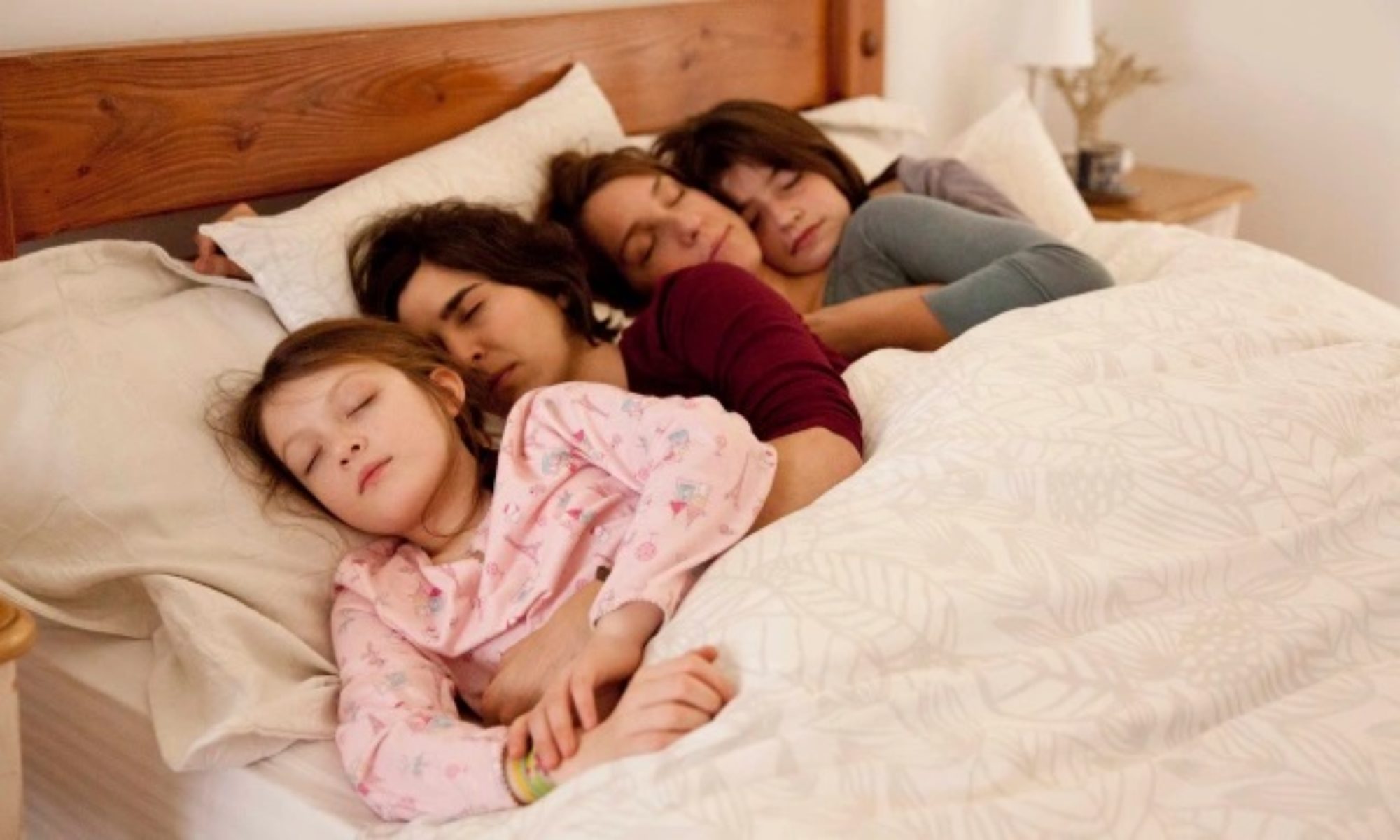by Victoria Joya Euceda
In 1998 Hurricane Mitch hit Honduras then soon afterwards the Colombian drug cartels began to use Honduras as a depot on the way to Mexico. This led the country to fall into pieces and for the violence to emerge. Between 2012 and 2013 there were more people murdered in Honduras than there were in Iraq. Even though Honduras’ population is three times smaller than Iraq’s (Leith, 2018) A large problem that is carried in Honduras is that 91 percent of the murders don’t go to trial and 95 percent of crimes go unsolved. Today, Honduras is ranked one the most violent countries in the world. Honduras government remains unstable due to the 2009 coup and the contested presidential election in 2017. The trend of violence and abuse of power can be seen in other neighboring countries too. At one point during the El Salvadorian and Guatemalan civil war the police and military were accused of human right abuses. (Renwick & Rocio, 2018)
This corruption and violence is what the essay revolves around. In “Honduras Through Film” the use of feature and a non-feature film allows two different perspectives to be demonstrated. I have created three sections in “Honduras Through Film” to compare and contrast the portrayal of gang violence within the country. The first section focuses on the feature film Unos Pocos Con Valor, the second section focuses on the non-feature film El Porvenir, and the final act is a combination of both films.
Unos Pocos Con Valor was directed by Douglas Martín in 2010. The film is based on the novel Los Pájaros de Belén (The Birds of Bethlehem) by Mario Berrios. The events that take place in the film are based on one of the most dangerous gang of kidnappers who took place in Honduras know as Bustillo Padilla. In the film they are known as Bustamante Pacheco. The film follows a group of military police officers that take on defeating this gang. (Honduras: ‘Unos Pocos Con Valor’ Llega a Italia.) In the making of this section, I decided only to add subtitles in one part and have music play in the background because I wanted to focus on the visuals and not in the dialogue of this film. The visuals selected demonstrate the portrayal of who were considered the “good” and “bad” guys. I chose scenes that demonstrate the polar opposites. I wanted to emphasize the romanticization of the police officers that is created by the film. I chose scenes that highlighted how courageous and strong these police officers were. In contrast, I selected scenes that made the gang filled with violence.
El Porvenir directed by Oscar Estrada in 2008 is a documentary that focuses on the massacre of prisoners on April 5, 2003. 69 people were killed in El Porvenir prison in La Ceiba. The police officers decided to take action on jail rioters and purged the gang members who surrendered themselves. Once they were killed, the police officers burned down the jail killing the prisoners that were held in the jail. The government of Honduras claimed to do an investigation but nothing ever happened (Campbell, 2003) The documentary interviews the citizens of the city asking them to reflect on this event impacted their lives. Some citizens were just bystander but most of the citizens interviewed were family members who lost a loved one due to this event. Unlike the first section, I decided to add full subtitles and very little music. I did this because the dialogue was very important in the portrayal of the gangs and the police officers in Honduras. The dialogue emphasizes how the police officers were cruel to the prisoners. I also included dialogue from a mother to explain why children chose to join gangs. I decided to end with the quote from the father about his son being assassinated by the government of Honduras because throughout the documentary many Hondurans feel that their government are not protecting them. The images shown with the dialogue is uncut from the documentary. I wanted the audience to see the Hondurans faces and to see who are these people. Even though some had to blur their faces out. This section juxtaposes the first section on the portrayal of gang violence and how the violence is not a part of their government and is not doing anything to end it.
The last section is a combination of both films. Though the films focus on two different events they focus on the same issue. Identical to the second section I used the dialogue spoken by the citizens of the city La Ceiba and added visuals from both of the films. I wanted to combine both visuals from the films to demonstrate the similarities of the two different type of films. I have included at the end of each section the audio of a gun going off. I wanted to highlight that even though the films portray the police and gangs differently they are similar due to the destruction of violence that is shared in both communities. In my essay, I wanted the visuals to intertwine with each other to make the two separate films into one.
Works Cited
- Campbell, Duncan. “Outrage over ‘Massacre’ of Jail Rioters.” The Guardian, Guardian News and Media, 31 May 2003.
- Estrada, Oscar, director. El Porvenir . YouTube, YouTube, 2 Aug. 2017.
- “Honduras: ‘Unos Pocos Con Valor’ Llega a Italia.” Diario La Prensa, La Prensa, 8 Oct. 2010.
- Leith, William. “Is Tegucigalpa the Crime Capital of the World?” The Spectator, The Spectator, 20 Feb. 2018, 9:00 AM.
- Martín, Douglas, director. Unos Pocos Con Valor . YouTube, YouTube, 10 Apr. 2013.
- Renwick, Danielle, and Rocio Labrador. “Central America’s Violent Northern Triangle.” Council on Foreign Relations, Council on Foreign Relations, 26 June.2018.
